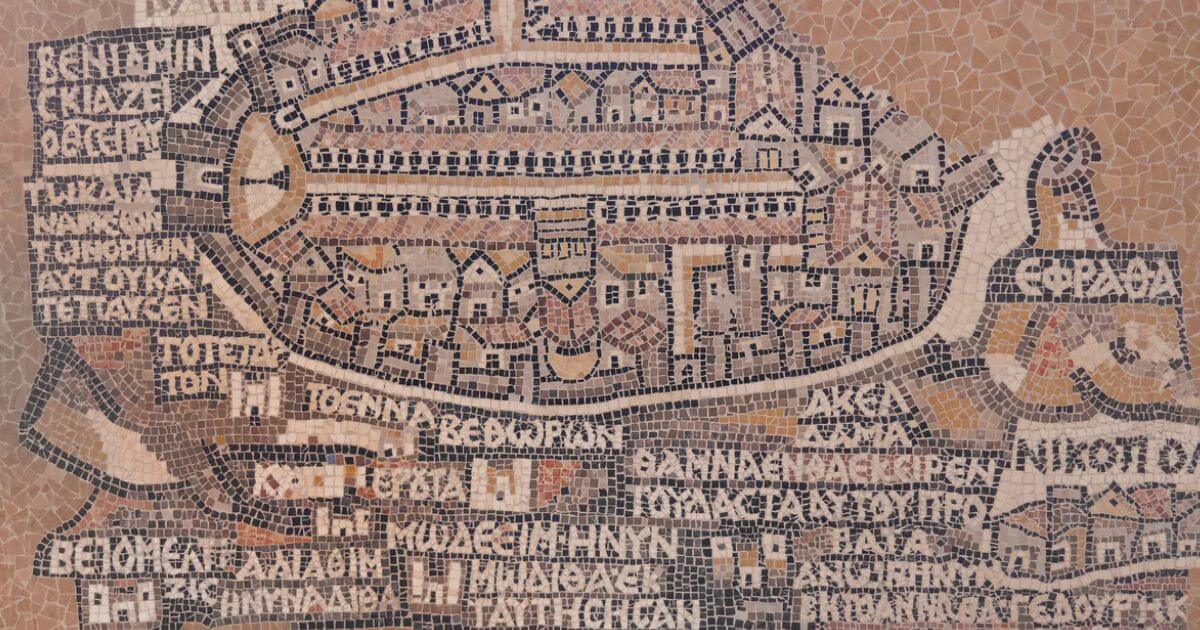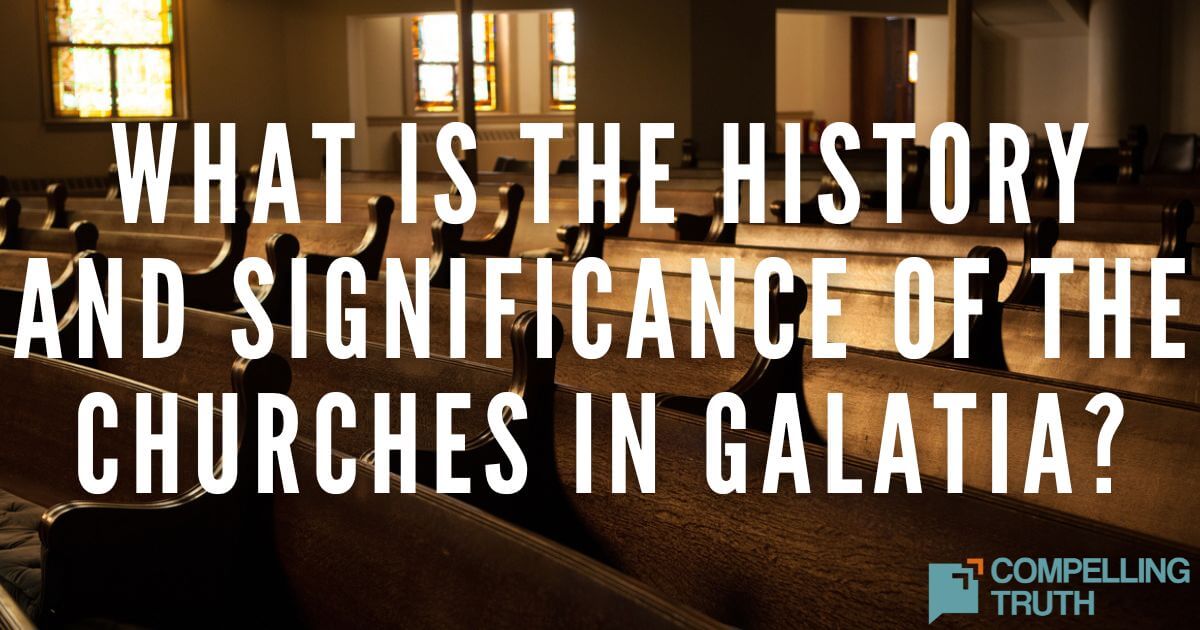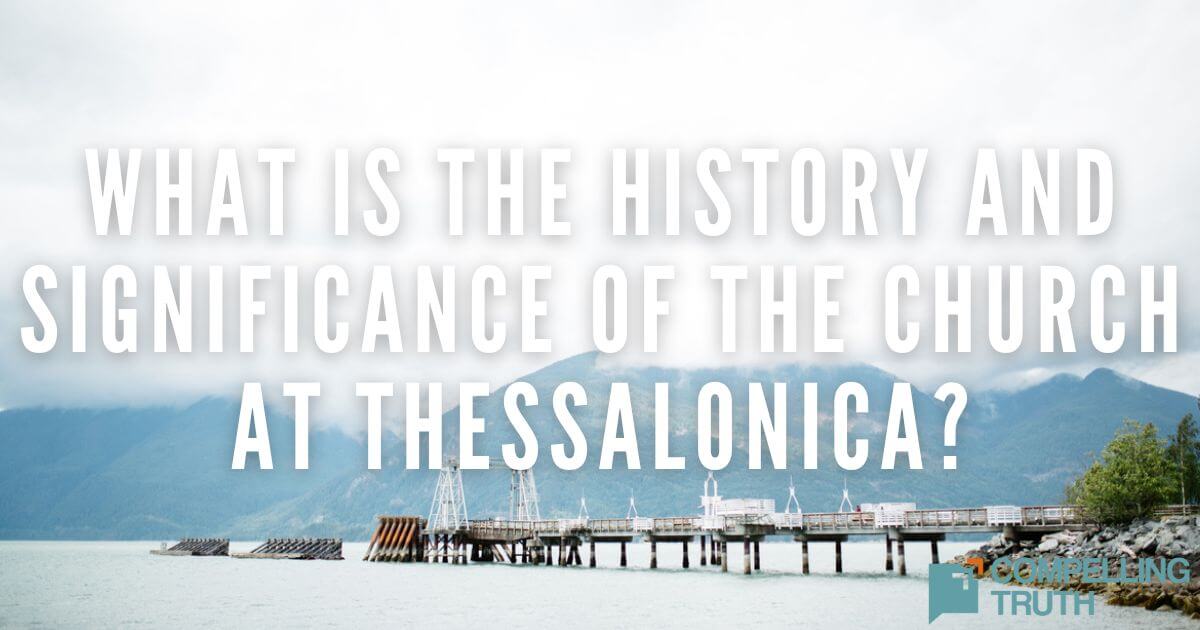After Jesus' ascension, the church in Jerusalem became the home base of Christianity, led by Peter, James, and other disciples (Acts 2, 5, 8, and 15). Prior to His ascension, Jesus instructed his disciples to wait for the Holy Spirit, who empowered them to be His witnesses in Jerusalem and beyond (Acts 1:7–8). The Holy Spirit's arrival at Pentecost transformed the disciples, enabling them to speak in various languages and resulting in three thousand conversions in one day (Acts 2:1–41). The gospel spread from Jerusalem, affirming its universal message through outreach to Samaritans and Gentiles (Acts 8; 11). This early movement exemplifies the importance of community, prayer, and mission, encouraging us to continue spreading the gospel with the same dedication and reliance on the Holy Spirit today.
The work that Jesus initiated in bringing the gospel to the ends of the earth, starting with the church in Jerusalem, serves as a powerful reminder and encouragement for us today. Jesus empowered His disciples with the Holy Spirit, igniting a movement that began in Jerusalem and rapidly spread across the globe. This early church, guided by leaders like Peter and James, showcased the importance of community, prayer, and steadfast faith. Their dedication to spreading the gospel, despite challenges and persecution, demonstrates that the message of Jesus is a universal hope meant for everyone. Today, we are called to continue this mission, making disciples of all nations to the ends of the earth. No matter where we are or the obstacles we face, we can be assured that we, too, are equipped by the Holy Spirit to share the transformative love and salvation of Jesus Christ. Just as the early believers’ efforts laid the groundwork for a worldwide mission, our commitment to living out and sharing our faith can have a profound impact, bringing light and hope to our communities and beyond.




